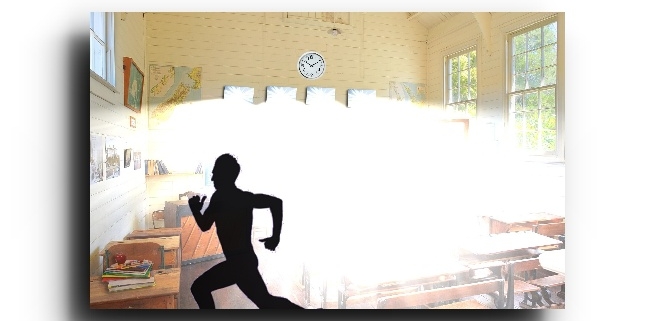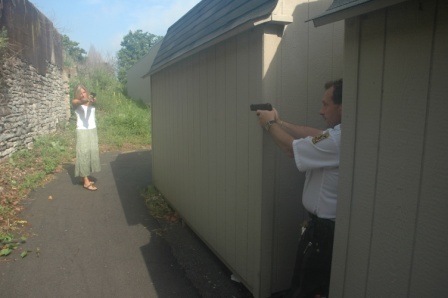Short of stationing armed guards at each entrance and surrounding properties with moats stocked with aggressive crocodiles, protecting public buildings, such as shopping malls, schools, and churches, against attackers and mass shooters has become extremely challenging.
In all fairness to the folks in charge of security in venues and buildings designed for gatherings of large numbers of people, screening every single person who enters a crowded shopping mall and its adjacent parking lots and garages would be nearly impossible. They face a huge problem that comes without a single, solid solution.
The responsibility of keeping the public safe from the harm caused by a shooter is a daunting task, as is detecting that lone person among hundreds or even thousands of people who’re focused on shopping. Then there’s the job of protecting the innocent kids who’re seated in classrooms while learning the lessons of the day. And there’s the store clerk who’s at risk of being robbed by an armed suspect. The list of potential targets and victims and why they are targets and victims is long and grows longer.
Better proactive approaches to the problem of mass shooters are needed in addition to the typical reactive responses. Stop the threat BEFORE the damage is done.
Sure, digging moats around schools and adding several dozen angry and hungry crocs to the water is indeed a proactive option that would certainly deter an evil person from carrying out their plan to hurt innocent people. However, it goes without saying that the croc/moat idea is not feasible.
Realistic plans that work and work well are greatly needed. After all, we’ve seen horrific mass shootings occur within the past few days and we simply do not know when or where the next will happen. Sadly, it’s not a question of “if” another shooting will takes place. The question is “when.”
So, a University of Miami School of Education and Human Development associate clinical professor called Brian Arwari decided he’d take matters into his own hands. He devised a plan that could stop would-be shooters in their tracks, preventing a deadly scenario without firing a single shot, and without crocodiles, razor wire, or dozens of heavily armed officers positioned throughout school corridors and cafeterias.
Specifically, Arwari is a professor in the Department of Kinesiology and Sports Sciences at the university. To assist him with the project, he called upon graduate engineering student Luis Carlos Diaz to help him bring his idea to fruition. It was a three-year process.
Together, professor and student developed what they named Lightguard, or The Lightguard Security System, devices working on the theory that a person’s nervous system seesaws between relaxed and steady and fight or flight mode.
When activated by a quick push of a button, Lightguard produces thousands of lumens of flashing light in random patterns. The intensity of the flashing lights temporarily impairs an attacker’s vision to the point that they’re basically blind for up to 20 seconds.
Partial visual impairment could last even longer. The process can be repeated as long as necessary to allow the assailant’s targets to escape the danger, or until rapidly responding law enforcement arrives to take over.
These extremely brilliant, strong lights that flash in random patterns instantly send the attacker into flight mode, switching off their desire to attack and making them desire to flee as quickly as possible.
Assailants loose control after a sudden and unexpected event. In this circumstance, pre-planned behavior immediately stops ~ Lightguardsecurity.com
Lightguard mechanisms are installed in “choke points,” areas of a building where the attacker is forced to walk through, such as a narrowed section of a foyer or corridor in a location prior to contacting students, customers, etc.
Not only is Lightguaurd an option for public facilities, they can also be be used in private homes, stores, gas stations, and other businesses.
Multiple devices may be installed in as many locations as needed and, when activated, they automatically alert law enforcement and others who are considered crucial to the required emergency response.
The flashing pattern causes disorientation and nausea, which helps disable the aggressor ~ Lightguardsecurity.com
BLINDED BY THE LIGHT
“Oh, cut loose like a deuce, another runner in the night
Blinded by the light”
~ Bruce Springsteen





